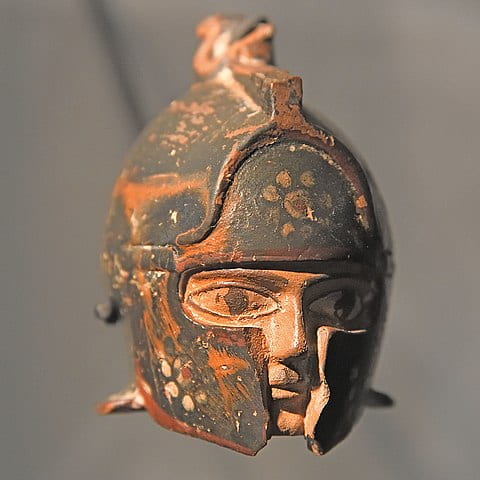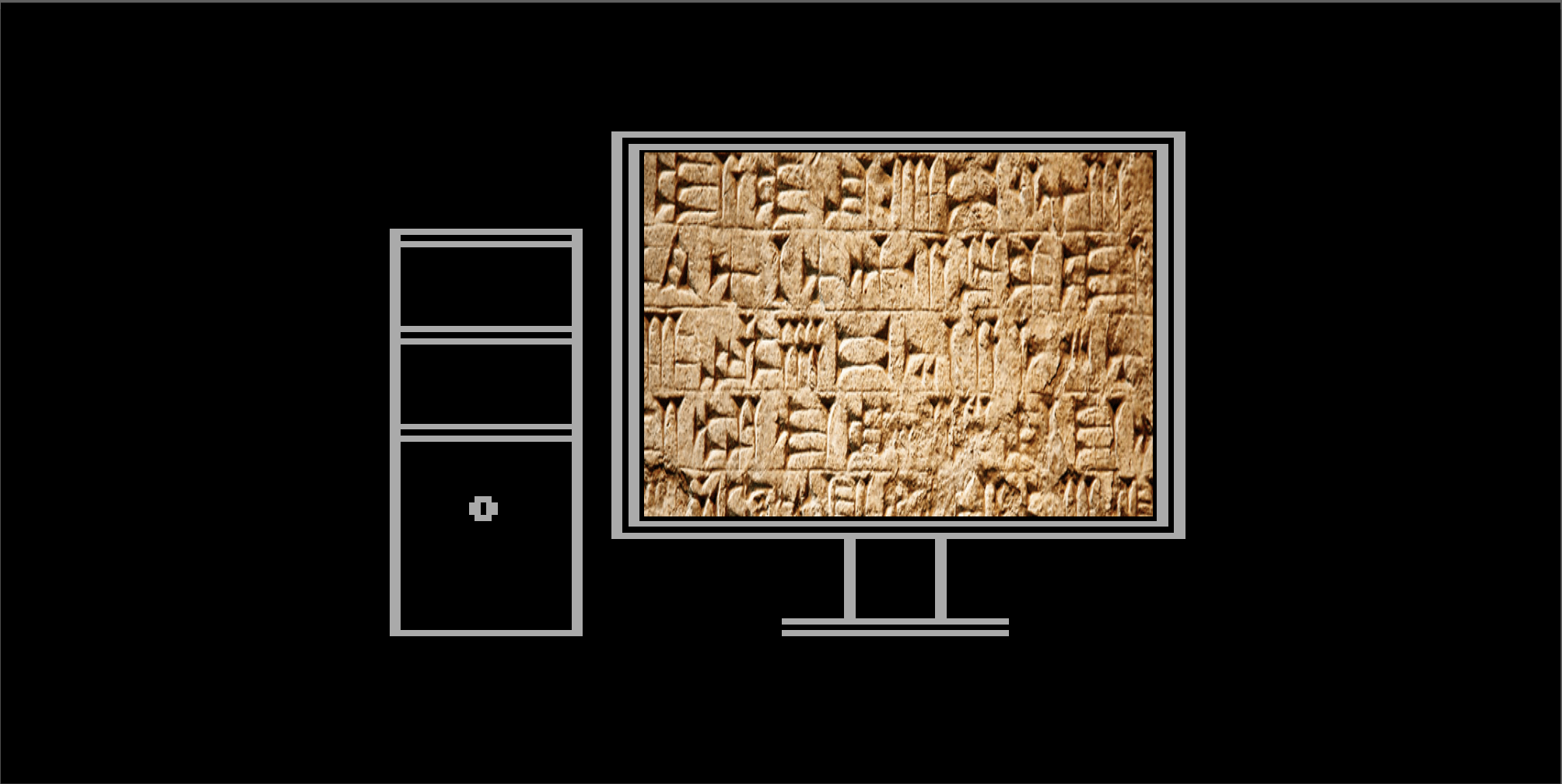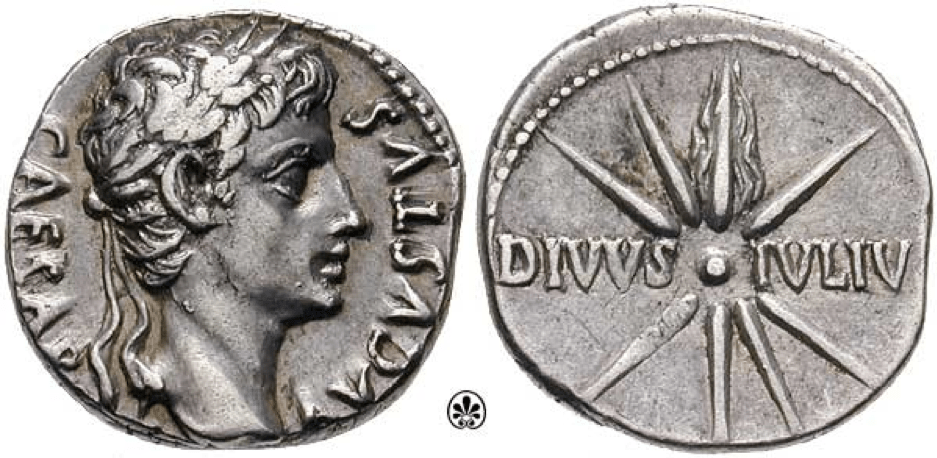Tag Ancient History
Roel Konijnendijk and Fernando Echeverría in conversation with Alex Collin about their article in JHI volume 84, issue 1.
by guest contributors Sara Mohr and Edward C. Williams
By contributing author E.L. Meszaros As non-native readers of Egyptian hieratic and hieroglyphics, our understanding of the mathematics recorded in these languages must necessarily go through a process of translation. Such translation is both necessary to allow us to study… Continue Reading →
By guest contributor Dora Gao Celestial objects and events have appeared in the historical record for a myriad of reasons, serving as portents of either fortune or doom or asserting the divine authority of a ruler. The comet of 44… Continue Reading →
by Contributing Editor Spencer J. Weinreich King Philip Came Over For Good Soup. Kingdom, Phylum, Class, Order, Family, Genus, Species. Few mnemonics can be as ubiquitous as the monarch whose dining habits have helped generations of biology students remember the… Continue Reading →
by guest contributor Joel S. Davidi It is late March and the weather is still cold. The sounds of Arabic music and exuberant conversation emanate from an elegant ballroom in Brooklyn New York. No, it’s not a wedding or a… Continue Reading →
by guest contributor Edmund G. C. King It’s just after 10 am on a dingy December morning in London as I approach Canada Water underground station. The morning rush hour crowds have receded, leaving only their wet footprints on the platform… Continue Reading →
by guest contributor Hugh Jeffery The Çaltısuyu, a tributary of the Euphrates, flows through the dramatic canyons of eastern Anatolia. At around 1,225 meters above sea level, it emerges onto a barren highland plateau overlooked by the crumbling remains of… Continue Reading →
by contributing editor Jake Purcell One of the joys of being in New York is the relative plethora of late-antique objects scattered throughout the city. The Met does not exactly have a late antique room, but, in a corridor gallery… Continue Reading →




